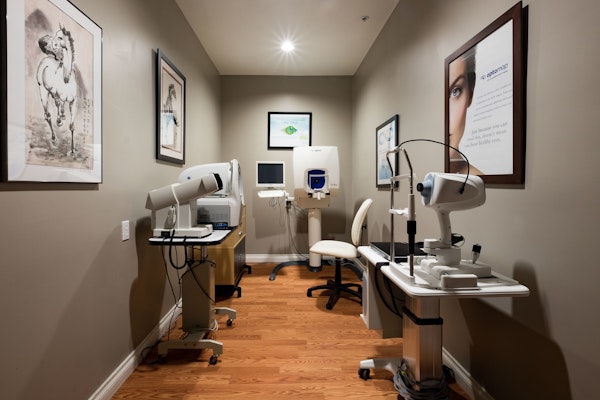Spare Your Tears: Punctal Plugs as a Treatment for Dry Eye
 There's a lot to look at and a lot to love about San Diego. That's why our eye care center is committed to improving patient vision as well as overall wellness in every patient who visits. Prescription lenses and advanced vision procedures can make a major difference in people's lives.
There's a lot to look at and a lot to love about San Diego. That's why our eye care center is committed to improving patient vision as well as overall wellness in every patient who visits. Prescription lenses and advanced vision procedures can make a major difference in people's lives.
While most people think of cataracts and refractive error when it comes to vision quality, dry eye syndrome (DES) can impact your eyes in many ways. Let's cover the basics and then consider the use of punctal plugs for treatment.
Problems Associated with Dry Eye
Dry eye can lead to a whole host of issues when it comes to comfort, vision, and overall well-being. There are different reasons why it may occur, including blockages in the tear ducts, reduced tear production a part of the natural aging process, and problems with tear composition. When you do experience dry eye, you are likely to suffer from red eye, itchiness, irritation, and discomfort. Your eyesight will likely become blurry or hazy as well.
While lubricating eye drops can help manage dry eye attacks as they arise, there are other treatments to consider that can reduce the frequency of dry eye attacks and perhaps even eliminate them completely.
What Are Punctal Plugs?
Simply put, punctal plugs are tiny, biocompatible devices that are placed into the tear ducts, blocking them off. The puntal plugs themselves are no larger than a grain of rice.
While this may seem counterintuitive, the plugs actually help prevent the drainage of tears. This preserves existing eye moisture rather than allowing the eyes to become dry.
Types of Punctal Plugs
Puntal plugs are also known as punctum plugs, lacrimal plugs, and occluders. They may be temporary and dissolvable or made from semi-permanent/long-lasting materials such as silicone.
The dissolvable punctal plugs can last as little as a few days to as long as several months. These temporary plugs are common for dealing with temporary dry eye related to surgical procedures such as LASIK. Very short-lived punctal plugs can be placed to test the effectiveness of treatment for a patient.
There are different shapes for the punctal plugs depending on the needs of the patient. The shapes include umbrella-shaped plugs, tapered plugs, hollow plugs, reservoir plugs, and slanted/low-profile plugs.
Ideal Candidates for Punctal Plugs
The best candidates for punctal plugs are people who suffer from chronic dry eye and are looking for a long-lasting solution to their problems. They should understand the risks as well as the benefits of treatment and have realistic expectations about the results.
How Punctal Plugs Are Placed
Before placing the punctal plugs, eye doctors will often measure the patient's tear ducts in order to determine the right size and shape of plug to use.
Patients are sometimes given local anesthetic via eye drops in order to reduce discomfort experienced during the procedure. No local anesthetic may be required in certain cases. Plugs are then placed into the upper tear ducts, the lower tear ducts, or sometimes both the upper and lower tear ducts as needed.
How Effective Are Punctal Plugs?
Whether you get temporary or semi-permanent punctal plugs placed, studies have found that punctal plugs can provide effective relief of the symptoms of dry eye. The overall results of treatment can vary from patient to patient.
Learn More About Dry Eye Treatments
To learn more about treating dry eye and improving the quality of your vision, be sure to contact our team of experienced optometrists and eye care specialists today. We look forward to your visit and helping you achieve excellent vision.









